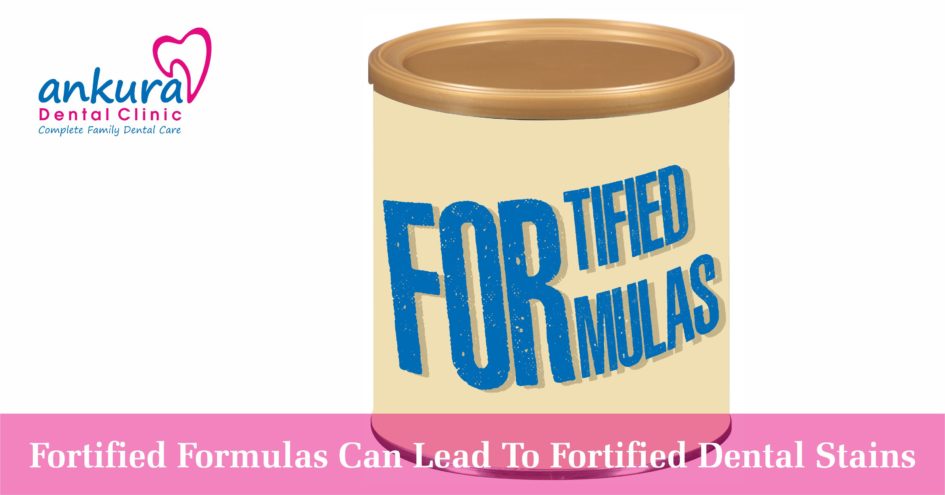Iron is an essential mineral for children with integral involvement in growth and development including normal cellular functioning and synthesis of certain hormones and tissues. Adequate iron intake is necessary to support the expansion of red blood cells, which are responsible for producing ‘haemoglobin’, an oxygen carrying molecule important for infant growth.
Iron deficiency is the most common form of nutritional deficiency especially among children and pregnant women – according to the Centre for Disease Control and Prevention USA. . The elemental iron requirement needed to meet the haematological demand and sustain adequate iron stores in the term ‘infant’ is estimated to be 1-2 mg/kg/day (max = 15 mg).
However when a child presents poor overall growth, an underlying cause of consumption of iron-poor complementary diets is used to justify additional iron supplementation in infants and preschool-aged children to maintain the physiologic demands. Low-birth-weight infants are at high risk of iron deficiency, and the current recommendation is that they receive supplementation from 2 months through 2 years of age. Health professionals frequently prescribe iron as additive supplements commercially available in forms of drops, syrups, tablets, suspensions or fortified formulas. However the concern remains in the oral manifestation of these supplements especially when other baby foods containing iron such as commercially available rice cereals in conjunction with these prescribed supplements are taken. By definition, iron fortified formulas contain more than 6.7 mg/L of elemental iron. An additional source of dietary iron is available from commercially available infant cereals commonly used as a non-pharmacological option for treating gastro-esophageal reflux in infants when used to thicken the formula. Consequently, when iron fortified infant formula is supplemented with iron-fortified rice cereal the infant may exceed Recommended Dietary Allowances (RDA) of iron and thereby higher exposure of it to the intra-oral hard tissues such as teeth causing extrinsic dental stains. These stains appear on the outer surface of the affected teeth ranging from reddish brown to black in colour, primarily as a result of chemical interaction at the tooth surface between the iron salts of the supplements and hydrogen sulphide producing oral microorganisms thereby forming pigment of black insoluble ferric compounds. This pigment may get incorporated in the existing debris of the tooth surface giving a dark stained appearance. These stains are usually at the surface level and hence oral prophylaxis in the form of dental ultrasonic scalings and bleaching are well enough to restore the aesthetics. However the best way of avoiding such alarming consequences is to pay careful attention and assess iron intake especially by infants receiving multiple sources of iron.
Once the stains are established and found to appear following intake of iron supplements, parents should be instructed to motivate their children to maintain good oral hygiene by appropriate brushing aids, techniques and frequency. Dental consultation should be sought at regular intervals and sources of iron in the diet must be reassessed by multidisciplinary approach.
NOTE: The Author does not imply nor recommend that low-iron formulas be used or that iron-fortified products be eliminated. The sole purpose of the article is to bring about awareness and problem interception at an appropriate stage.
About Author: Dr.Mudassar Mohammed is a Consultant Paediatric Dentist at ‘ANKURA DENTAL HOSPITAL’ – a well-established state of the art facility located at KUKATPALLY -Hyderabad.
Ankura Dental – Best Dental Clinic in Hyderabad





Leave a Reply